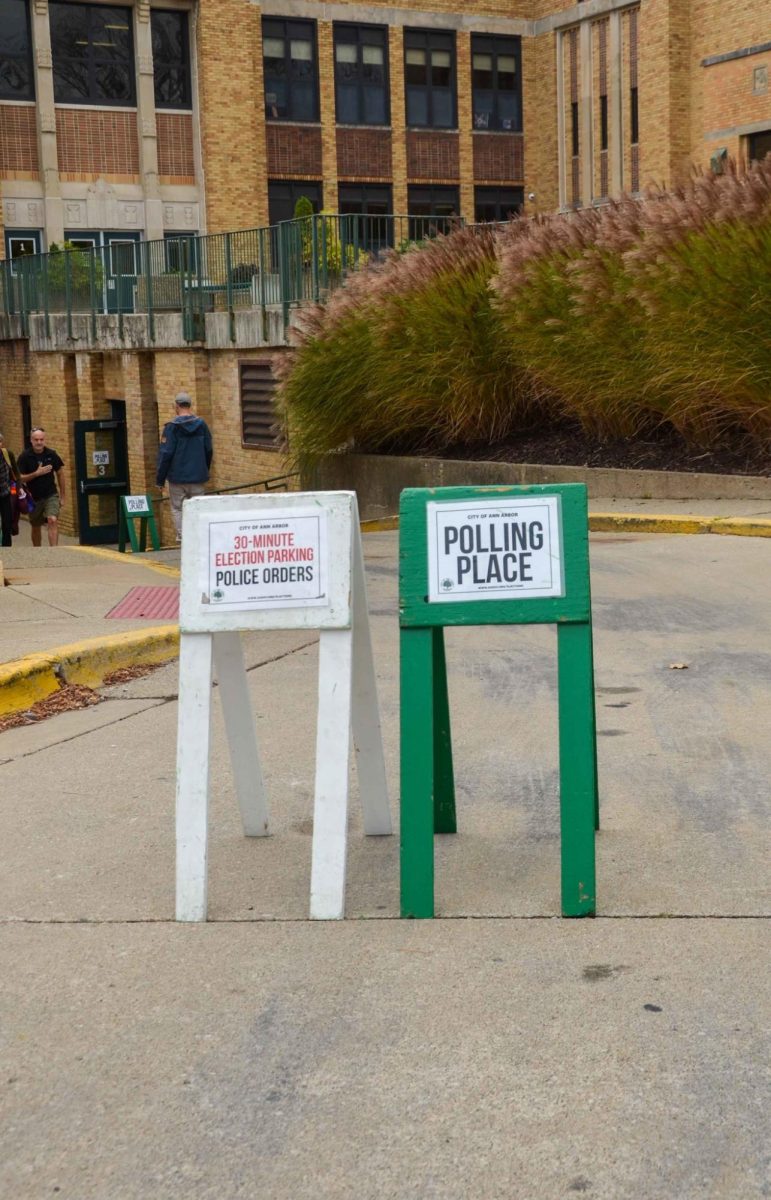“Whatever one thinks about Donald Trump, it’s fair to say that he was a very unusual candidate,” said Vincent Hutchings, a University of Michigan political science professor.
The modern American party system at the national level is a function in part of events that unfolded in the 1960s. In the late 1940s, after Democratic president Harry S. Truman put in place policies to protect the civil rights of African Americans, many southern white politicians who objected to Truman’s actions broke away from the Democratic Party and formed the Dixiecrat Party. The Dixiecrats, made up of racial conservatives in the South, committed their party to maintaining racial segregation.
In the aftermath of the Civil Rights Movement and its success in bringing about legislation that ended the Jim Crow Laws, the Dixiecrat Party was mostly absorbed into the Republican Party. Political realignment is a concept that refers to significant shifts in the party system when traditional bases of political power and voter loyalties undergo significant changes. As a result of the absorption of the Dixiecrats into the Republican Party, the Republicans realigned to become a party full of people committed to opposing federal intervention into race issues. The Civil Rights Movement also realigned the Democrats as a party committed to expanding racial justice.
There haven’t been any notable realignments between the two major political parties ever since. Although there are countless other focal points for party conflict, including foreign policy, abortion and economics, the main point of conflict that has divided the Democrats and the Republicans since the 1960s has been civil rights and race due to the events that happened over 50 years ago.
The 2024 U.S. presidential election has come and gone. In some ways, it marks an interesting moment in American politics. One of the aspects of the 2024 election that sparks the most intrigue is the winning candidate, Donald J. Trump. In countless ways, Trump is different from any other candidate who has run for president in American history.
“Trump is the oldest person to ever run for president, he is the first convicted president to run for reelection, he is the first twice impeached former president to run for president, he is the first candidate to run for president under a cloud of multiple indictments for pending cases and he’s the first president to run having been adjudicated as guilty in a civil case regarding sexual assault,” Hutchings said. “And on top of all of that, Trump is unusual considering his unique rhetoric about the various things he would do if elected. So whatever one thinks about Trump, it’s hard to dispute that he was distinctive.”
The uniqueness of Trump would suggest that the normal party coalitions in the electorate that are aligned with the two parties would be completely scrambled. However, when looking at the results of the 2024 election, any type of realignment appears absent. Since the last political realignment of the 1960s, the majority of white voters have voted Republican; 57% of white voters nationally vote for the Republican candidate on average. In 2024, that number didn’t change at all: Trump received 57% of the white vote.
“With all the discussion about women being concerned about reproductive rights and all the concerns about Trump’s federal convictions, in the end, it didn’t make any difference to white voters,” Hutchings said. “They voted as if Trump were a generic candidate.”
On the other hand, since the 1960s, the overwhelming majority of Black voters have voted Democratic. The Black vote is the most loyal element in the Democratic constituency; on average, the Democratic candidate receives about 87% of the Black vote nationally. This number hardly changed in 2024; Harris received 86% of the Black vote. This small, insignificant decrease has been attributed to the fact that Harris had a much shorter campaign season compared to earlier Democratic candidates.
“Even though there was lots of discussion of African Americans, especially of Black men, if they were going to stick with the Democratic electorate because Trump appeared to have been making some inroads, the Black vote hardly changed,” Hutchings said.
Furthermore, in 2024, Harris received a similar share of votes from other coalitions traditionally supporting Democratic candidates, including urban, progressive and young voters, as previous Democratic candidates had. The same went for Trump, who received a similar amount of votes from other coalitions that tend to vote for the Republican candidate, including rural, conservative and older voters, as previous Republican candidates had. With the 2024 election having come and gone, it could also be stated that it was a completely uninteresting moment in American politics as the usual party coalitions in the election hardly changed.
“It was as if the 2024 campaign was a completely boring, dull contest,” Hutchings said. “It was as if Mitt Romney was running against John Kerry.”
However, the 2024 election wasn’t a boring contest at all. The fact that Trump won the election with the Democratic and Republican coalitions staying primarily the same as they were before makes the 2024 election extraordinary. All the concerns regarding Trump’s views on reproductive rights, Trump’s felony convictions, Trump’s impeachments and the events of January 6th, along with Trump’s rhetoric of the revenge tour he would go on upon victory, aren’t as important to the electorate as the factors which have governed partisan conflict in America for over the past 50 years.
Whether it would be expected for Trump to draw more votes toward or away from him, he did as well as a typical Republican candidate would do and Harris did as well as a typical Democratic candidate would do. The reasons that most Republicans are drawn to the Republican party and that most Democrats and drawn to the Democratic party are much more compelling than any of the uniqueness regarding Trump. These reasons stem from the civil rights and race issues that reshaped the American political landscape over 50 years ago.
“The election of 2024 solidified what really seems to matter for American elections,” Hutchings said. “It’s not reproductive rights, it’s not felony convictions and it’s not efforts to violently disrupt the peacefulness of power. Apparently, it’s race.”
This begs the question: if the 2024 election, despite featuring a candidate unlike any other in history, failed to spark any signs of a realignment amongst voters, will there ever be another realignment in American history? If there will be another realignment, when will it occur, and what circumstances will cause the Democratic and Republican electorate to shift their allegiances? What might be a more compelling motivator of this change than Trump?
“It’s easy to personalize the 2024 election about Trump, and he’s certainly a very colorful figure,” Hutchings said. “But if for whatever reason he were to drop dead tomorrow, all the various policies would still move forward. The fact that Trump was elected is because most of the people who wanted to vote voted for him. He’s not in power because he’s so magnetic. He’s in power because the people put him in power. So it’s not about Trump. It’s about the American people.”










